Waakirchen
Around occupied Europe, the Germans established concentration camps and other types of camps. One purpose of these camps was to use the prisoners as slave workers, mainly in the war industry. When the German military successes were turned to set backs the German armies were forced to retreat and abandon occupied land. Camps located in these areas were therefore at risk being overcomed by the enemy. From the German side, the prisoners were valuable labor and did not want them to fall into the hands of the enemy. The prisoners who were not too sick were therefore forced out on Death marches and forced to march to other camps away from the front. There was the idea that they would again be put to work.
Because of the living and working conditions that the prisoners lived under, most were emaciated and sick when they were evacuated. Many were therefore unable to march and died along the way. Those prisoners who were unable to march were shot by SS guards or died of exhaustion or illness. The corpses after these were usually left at the roadside. In some cases, the evacuation was done by train and in unheated wagons or open wagons and was then exposed to bad weather. Most major evacuations of the camps began fall of 1944 to culminate in the spring of 1945. Many death marches went through towns and villages and it was associated with death penalty for civilians who helped or tried to help evacuated prisoners.
At the end of March 1945, the front began to approach Dachau and SS decided to evacuate the camp prisoners who were not already dead or too sick. At this time, the number of prisoners in Dachau had increased because prisoners from, for instance Auschwitz, Natzweiler-Struthof, Flossenburg and Buchenwald had arrived at the camp. The drastic increase of prisoners made worse conditions even worse. On March 26, SS forced about 7,000 prisoners on a Death march south towards Austria. The evacuation went through several villages and smaller towns and thousands of prisoners died along the way.
On May 2nd, American troops approached the city of Waakirchen, about sixty kilometres south of Munich. About two kilometers west of Waakirchen, the Americans found hundreds of prisoners, both living and dead, scattered on a field lightly covered with freshly fallen snow. These prisoners had been abandoned by the SS and left to their fate. For two days, the prisoners were taken care of by the troops before more advanced medical personnel arrived and took over. Far from all survived their liberation.
Current status: Monument (2020).
Location: 47°46' 05.97" N 11°38' 55.61" E
Get there: Car.
Follow up in books: Daniel Blatman, Chaya Galai’s: The Death Marches: The Final Phase of Nazi Genocide (2010).
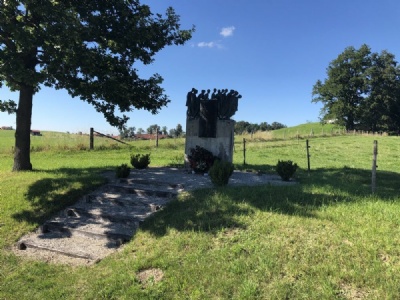
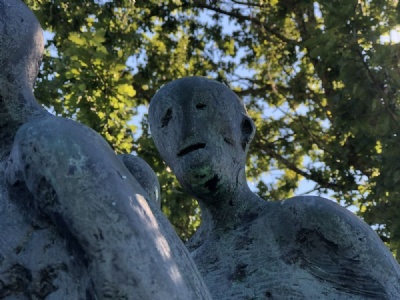
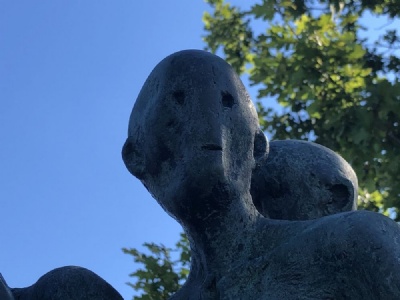
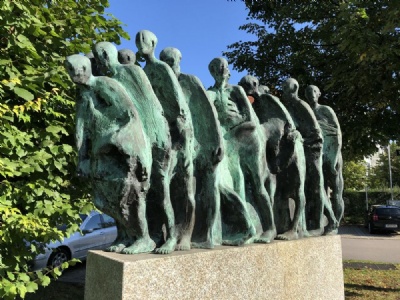
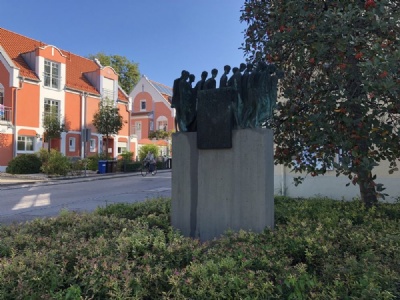

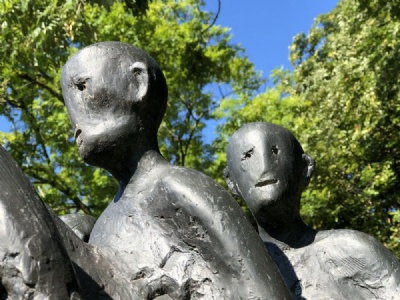
There are, to my knowledge, 22 more or less identical monuments along the road from Dachau to Waakirchen. All are placed in places where the prisoners passed during the march. The primary thing about the monuments is the prisoners’ facial expressions that convey a feeling that they are in a borderland between life and death. Rarely do I reflect on monuments but these made me stop and closely observe the expressionless faces in a way I rarely do.